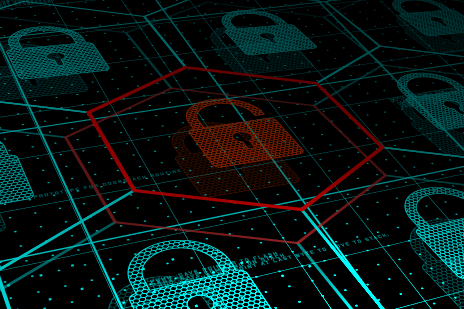
Tasked with building a new Unmanned Surface Vehicle (USV), a shipbuilder faced challenging requirements. The developer planned to connect all the computer systems via a one gigabit Ethernet (1 GbE) network. In such a network, the systems would be able to share critical mission and map data and distribute sensor data gathered during the mission, such as terrain information and threat assessments. A network-attached storage (NAS) device would store and distribute data to the various clients, thus supporting the autonomous operation.
Prior to each mission, the mission plans and map data were to be transported from the base station to the USV. After each mission, any data collected during the mission had to be transported from the USV back to the base station for subsequent analysis. The removable memory had to be considered unclassified during that transport.
The map, mission, and sensor data were classified as top-secret. Operating autonomously with no crew, the USV data had to be protected from adversaries in the event of loss or capture. With protection of the data classified critical, the encryption method had to be approved by the National Security Agency (NSA).
The developer evaluated two options for NSA-approved encryption – Type 1 and Commercial Solutions for Classified (CSfC).
An aggressive schedule dictated that the USV developer seek an existing product that did not require development or government approval. The compressed schedule also demanded a low-risk solution. After a detailed evaluation, they pursued CSfC options to reduce costs and accelerate the schedule.
Download the case study to learn more.

